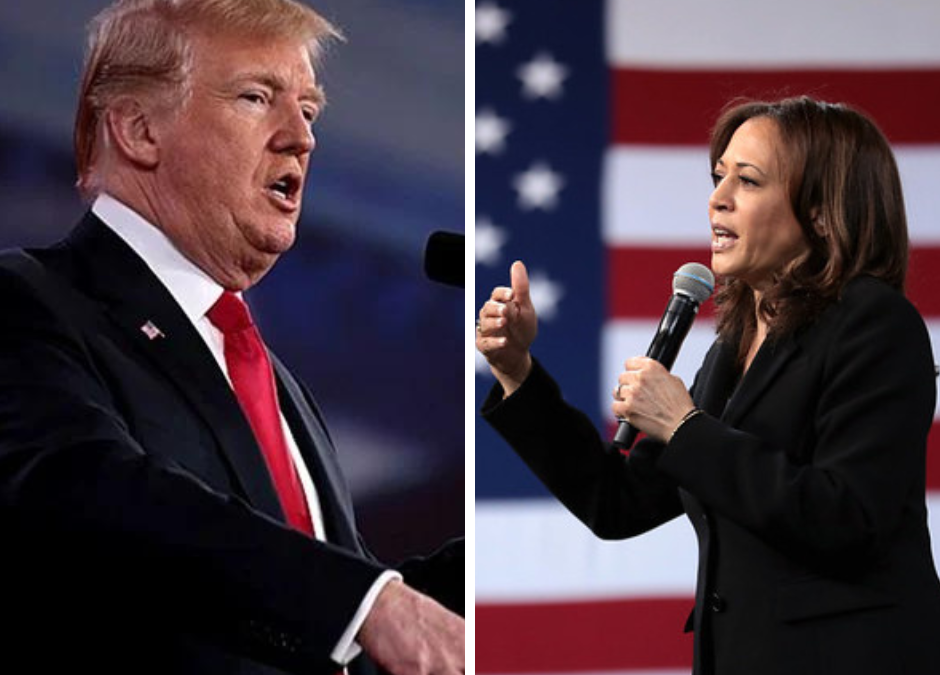A new national poll from American Strategies shows Kamala Harris four points ahead of Donald Trump, 47 percent to 43 percent. This is statistically unchanged from our August national poll of registered voters that had Harris ahead 46 percent to 41 percent. Third-party candidates receive a combined 3 percent of the vote; five percent are undecided. Harris has a modest lead in terms of intensity, with 40 percent very certain to vote for Kamala Harris and 37 percent very certain to vote for Donald Trump.

Harris has a modest lead among independent voters, 29 percent to 24 percent for Donald Trump. There is still a lot of uncertainty among true independents (excluding partisan leaners); 27% are not sure of who they are going to vote for, and 16 percent say they probably will not vote. Democrats and Republicans both fall in line behind their party’s candidate, albeit with some room to grow. Eighty-eight percent of self-identified Democrats, and independents who lean Democratic support Harris, and 6 percent support Trump. And 85 percent of self-identified Republicans, and independents who lean Republican support Trump, with 9 percent supporting Harris.
Broken out by race, Trump has a 6-point advantage (49 percent to 43 percent) over Harris among White voters. Black voters strongly support Harris with 70 percent of the vote, compared to 12 percent for Trump. Among Hispanic and Asian voters, Harris has a more modest lead. Hispanic voters favor Harris 51 percent to 36 percent, and Asian voters favor Harris by 6-points (48 percent to 42 percent).
Democrats and Republicans have similar levels of enthusiasm; 63 percent of Democrats are extremely motivated to vote in November, and 61 percent of Republicans are extremely motivated. True independents, are less motivated. Half (50 percent) are either extremely or very motivated to vote, but the other half say they are only somewhat or not too motivated to vote. Older voters are more motivated to vote than their younger counterparts. Sixty-nine percent of voters age 50-64 say they are extremely motivated to vote; 70 percent of voters age 65 and older say they are extremely motivated. Voters age 18-29 are least motivated to vote, with 41 percent saying that they are extremely motivated. Roughly half of voters in their 30’s (37 percent) and 40’s (56 percent) say they are extremely motivated to vote. Additionally, voters age 18-29 are most likely to say they probably will not vote (5 percent) or are not sure who they will vote for (6 percent). Comparatively, less than 1 percent of voters age 50 and older say they probably will not vote.
When it comes to issue concerns, regardless of party, inflation and the cost of living tops the list with a plurality of Democrats, independents, and Republicans all selecting it as the most important issue in determining their vote for President and U.S. Congress. Democrats have three issues, inflation and the cost of living, protecting democracy, and abortion laws, constitute their top tier of issues. Republicans are for the most part focused on inflation and the cost of living, and immigration and border security. Independents are singularly focused on inflation and the cost of living. Immigration and abortion make up a distant second tier.
|
Issue |
Total |
Democrat |
Independent |
Republican |
|
Inflation and the cost of living |
39% |
32% |
45% |
45% |
|
Immigration and border security |
17% |
6% |
16% |
30% |
|
Abortion laws |
14% |
20% |
17% |
6% |
|
Protecting democracy |
13% |
22% |
7% |
4% |
|
Crime and public safety |
9% |
10% |
7% |
9% |
|
Housing affordability |
8% |
9% |
9% |
7% |
For further details, or any questions, please contact our Director of Research & Analytics, Bill Simoneau bill.simoneau@amstrat.com


Recent Comments